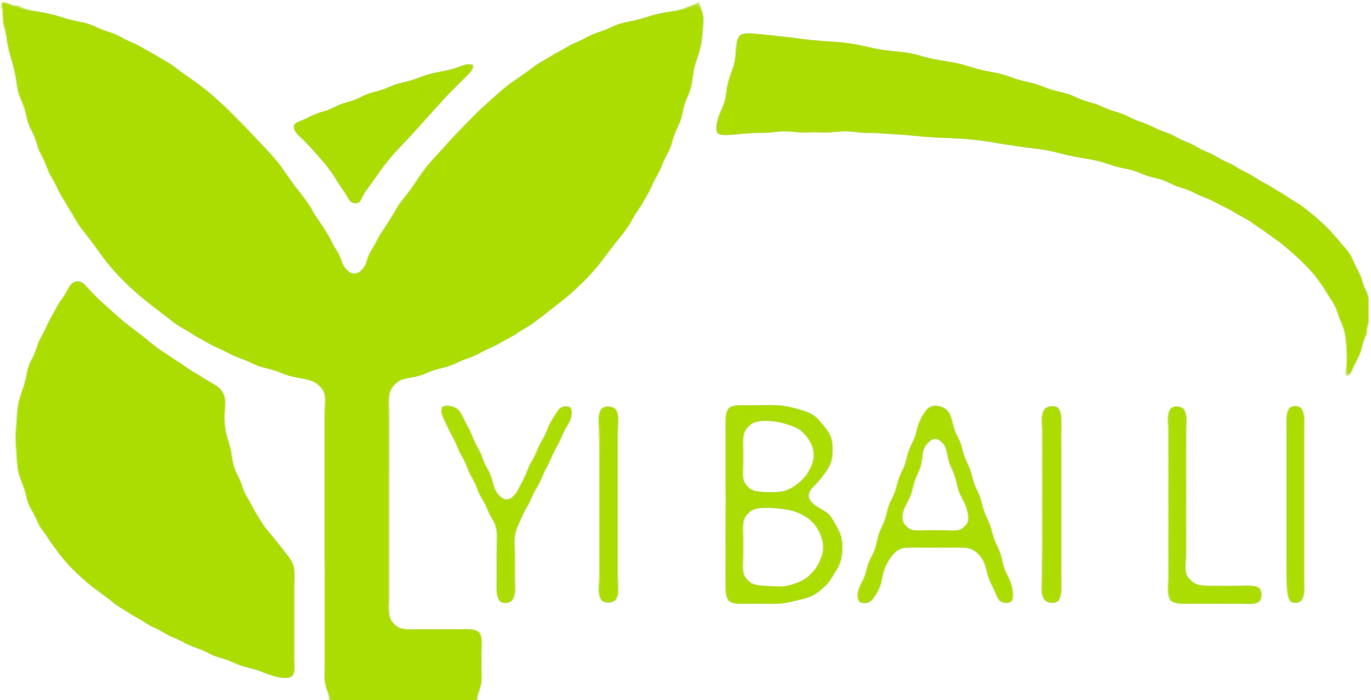Using PP - coated packaging has some amazing benefits
Superior Barrier Protection for Product Integrity
When it comes to ensuring the integrity of products, the protection against environmental contaminants is of utmost importance. Advanced polypropylene coatings come to the rescue here, forming an almost impenetrable shield. This shield acts as a safeguard against various elements that could potentially degrade the quality of the product inside. At a molecular level, it works wonders by preventing oxygen transmission rates (OTR) from going beyond 15 cc/m²/day. This means that it maintains the perfect atmospheric conditions for the sensitive contents, keeping them in an optimal state. Moreover, its crystalline polymer structure has a remarkable advantage. Compared to conventional materials, it resists lipid absorption by 40%. This feature is particularly crucial for products like fatty food items and pharmaceutical compounds, where lipid absorption can have a significant impact on their quality and efficacy.
Moisture Management in Challenging Environments
Building on the importance of protection, let's consider the challenges posed by moisture in different environments. The hydrophobic polypropylene layers are designed to handle these challenges with ease. Under ASTM E96 testing conditions, they exhibit impressively low water vapor transmission rates (WVTR) of below 5 g/m²/day. This exceptional moisture control is not just a technical advantage; it has practical implications. In temperature-fluctuating logistics networks, it prevents the formation of container rain, which can be detrimental to the products. Additionally, by maintaining the relative humidity below 60%, it effectively inhibits microbial growth. Food manufacturers have witnessed the benefits firsthand, reporting a 28% reduction in moisture-related recalls after implementing these coated barrier systems. This clearly shows how crucial proper moisture management is and how polypropylene coatings excel in this regard.
Enhanced Durability Across Distribution Channels
While protection from contaminants and moisture is vital, the durability of packaging during distribution is equally important. Triple-layered extrusion coatings offer a significant upgrade in this aspect. When compared to uncoated alternatives, they improve puncture resistance by a whopping 300%, with an Elmendorf tear strength that exceeds 700 mN. These engineered materials are tough and can withstand the rigors of distribution. They can handle palletization pressures of up to 2,800 psi without compromising the seal integrity. Logistics operators have seen the positive impact of using such coated packaging. For fragile electronics and precision medical devices, they have achieved a 22% reduction in transit damage claims. This proves that the enhanced durability provided by polypropylene coatings is a game-changer in the distribution process.
Regulatory-Compliant Food Safety Assurance
With the focus on protection and durability, we also need to consider the safety of food products. FDA-approved polypropylene formulations play a crucial role here. They meet the 21 CFR 177.1520 standards for direct food contact applications, ensuring that they are safe for use with food items. The non-porous surface of these polypropylene coatings is another great advantage. Compared to porous substrates, it inhibits bacterial adhesion by an impressive 99.7%. This is especially critical for products like chilled meat packaging and dairy products, where bacterial growth can pose a serious health risk. Additionally, migration testing confirms that these coatings comply with EU 10/2011 regulations for heavy metals and plasticizers. This compliance opens up global market access, as it meets the strict requirements of different regions.
Cost Optimization Through Material Efficiency
Looking beyond safety and performance, cost is also a significant factor in the choice of packaging. High-strength polypropylene coatings offer a solution for cost optimization. Through downgauging strategies, they enable a 30% reduction in material usage while still maintaining the integrity of the package. This is a remarkable achievement. Lifecycle assessments have shown that these coatings have an 18% lower carbon footprint compared to aluminum laminates. During production, the energy consumption is also reduced by 42% when compared to multi-layer composites. Moreover, the mono-material structure of these coatings has a positive impact on recycling. In modern waste streams, it improves recycling yields to an impressive 94%. This shows that polypropylene coatings not only help in reducing costs but also contribute to environmental sustainability.
Adaptable Thermal Performance Characteristics
Another important aspect of packaging is its performance under different temperatures. Specialized copolymer coatings in polypropylene packaging have excellent thermal performance characteristics. They can maintain dimensional stability across a wide temperature range from -40°C to 121°C, outperforming polyethylene alternatives. This thermal resistance has practical applications. For instance, it allows for microwave reheating of products for up to 3 minutes without any warping. It also enables the packaging to withstand industrial sterilization cycles. Frozen food processors have noticed the benefits of this thermal performance. They report a 15% longer freezer shelf life due to the improved low-temperature flexibility of the polypropylene-coated packaging. This highlights how the adaptable thermal performance of polypropylene coatings can enhance the usability and shelf life of products.
Chemical Resistance for Industrial Applications
Finally, in industrial applications, the ability of packaging to resist chemicals is crucial. Cross-linked polypropylene matrices are designed to handle this challenge effectively. They demonstrate an impressive 98% resistance to acidic and alkaline solutions up to pH 12.5. This makes them ideal for protecting sensitive automotive components and cleaning product formulations. Accelerated aging tests have shown that after 1,000 hours of UV exposure, there is less than 5% degradation. This high level of resistance to UV and chemicals makes coated containers a great choice for agricultural chemical storage and outdoor equipment packaging. It shows that polypropylene coatings can provide reliable protection in harsh industrial environments.

 EN
EN
 FR
FR
 JA
JA
 RU
RU
 ES
ES
 AR
AR
 BG
BG
 CS
CS
 DA
DA
 NL
NL
 FI
FI
 DE
DE
 EL
EL
 HI
HI
 IT
IT
 KO
KO
 NO
NO
 PL
PL
 PT
PT
 RO
RO
 SV
SV
 TL
TL
 ID
ID
 LT
LT
 SR
SR
 UK
UK
 VI
VI
 HU
HU
 TH
TH
 TR
TR
 FA
FA
 AF
AF
 MS
MS
 GA
GA
 EU
EU
 LA
LA
 NE
NE
 KK
KK
 UZ
UZ
